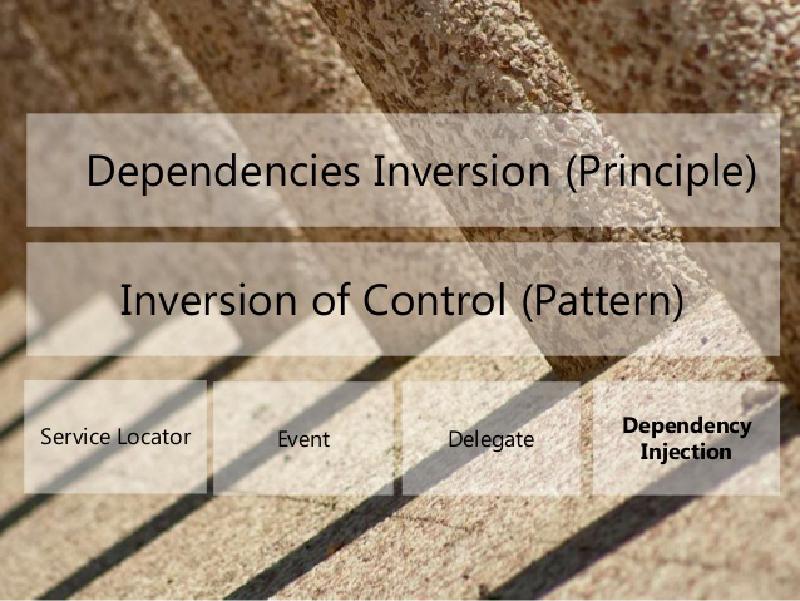Understanding Dependency Inversion Principle
The Dependency Inversion Principle (DIP) is based on two key points:
High level modules should not depend upon low level modules. both should depend upon abstractions.
Abstractions should not depend upon details. details should depend upon abstractions.
These two points may sound a bit abstract, so let’s break them down.
-
The first point emphasizes the importance of decoupling in software systems. It implies that the high-level components, which contain the complex logic, should not depend on the low-level components, such as databases or servers. Instead, both should depend on abstract classes, such as interfaces or protocols, act as a mediator between high-level and low-level components.
-
The second point suggests that the details of implementation (low-level components) should depend on the abstract classes or interfaces. This approach ensures that changes in the low-level modules do not affect the high-level ones.
Before Applying DIP
Consider a scenario without applying the Dependency Inversion Principle, illustrated through a payment system example. In this setup, a PaymentProcessor class directly depends on the concrete implementation of a PaymentGateway:
|
|
In this code snippet, any modifications or updates in the PaymentGateway class will affect the PaymentProcessor class, creating a tightly coupled system. This violates the principle of encapsulation and makes the codebase challenging to maintain and test.
Embracing Dependency Inversion Principle
In the updated example, we create a PaymentGateway protocol:
|
|
Now, the PaymentProcessor class depends on this abstraction rather than a concrete implementation:
|
|
Additionally, we can create different payment gateways, such as PayPalGateway and StripeGateway, that conform to the PaymentGateway protocol:
|
|
Now, the PaymentProcessor is decoupled from specific implementations, allowing for easy swapping or extension of payment gateways without modifying the core logic. This adherence to Dependency Inversion Principle results in a loosely coupled, more maintainable, and flexible codebase.
Benefits of Dependency Inversion Principle
-
Enhanced Maintainability: Changes to low-level modules do not impact high-level modules, simplifying maintenance.
-
Improved Testability: Abstractions facilitate easier testing of high-level modules in isolation.
-
Flexibility and Extensibility: The system becomes more adaptable, allowing for the addition of new functionalities without major code modifications.
Conclusion
By embracing the Dependency Inversion Principle, developers pave the way for scalable and resilient software architecture. The use of abstractions fosters a modular and extensible design, setting the stage for robust and future-proof applications. As we navigate the complexities of modern software development, the Dependency Inversion Principle stands as a guiding beacon toward code that withstands the test of time.
